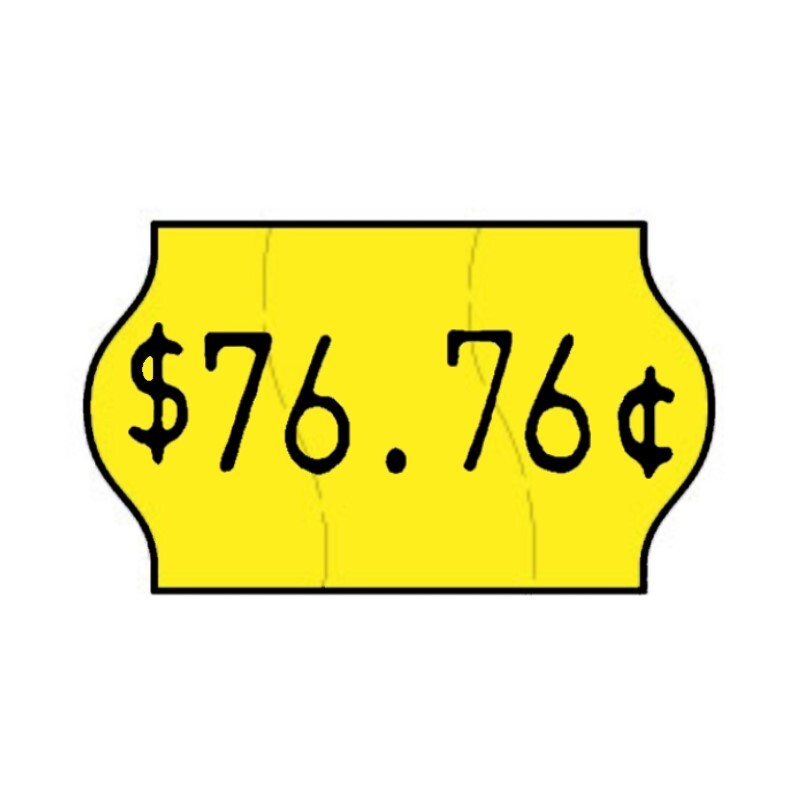
How Can Colour Labels Help In Your Industry
Colour labels are an integral part of product packaging and branding across various industries. Not only do they play a critical role in aesthetically enhancing a product's appeal but they also serve functional purposes like conveying information, differentiating products, and aiding in inventory management. Their versatile usage can be seen in industries ranging from retail and food & beverage to pharmaceuticals and logistics, underscoring their universal importance. In this blog post, we will explore how colour labels contribute to different industries and their unique applications.
The Psychology Behind Colour Labeling
Colour plays a pivotal role in shaping our perceptions and decisions. Let's delve into the psychological associations of some common colours:
- Yellow Colour Label: Yellow, typically associated with joy and optimism, is used in labels to grab consumers' attention and evoke a sense of happiness. It is often used for products that aim to communicate cheerfulness or novelty.
- Red Colour Label: Red is a powerful colour, linked with energy, passion, and urgency. It can stimulate the senses and is commonly used for clearance sales and warnings due to its high visibility.
- Green Colour Label: Associated with health, tranquillity, and nature, green is often used in labels for organic, environmentally friendly, or health-related products to convey a sense of safety and balance.
- Orange Colour Label: Orange, a colour that embodies enthusiasm and excitement, is usually used to highlight important elements of a product. It is known for its effectiveness in call-to-action buttons or impulse buying.
The choice of colour is crucial in influencing consumer behaviour, and businesses often use it to their advantage by strategically selecting colours for their product labels.
Benefits of using Coloured Labels
Colour labels offer several advantages, including:
- Brand recognition: A distinct colour label can help differentiate a product from its competitors and create brand awareness.
- Improved visibility: Vibrant and eye-catching colours increase the chances of a product being noticed on crowded shelves, leading to potential sales.
- Enhanced communication: Colours are powerful visual cues that quickly convey information and evoke emotions, making them an effective tool for communicating product attributes to consumers.
- Targeted marketing: Different colours appeal to different demographics, so choosing the right colour for a label can help target specific consumer groups.
- Increased sales: A well-designed and strategically placed colour label can make a product more visually appealing and increase its perceived value, leading to higher sales.
- Eco-friendly options: Companies are now opting for eco-friendly label materials and inks, reducing their carbon footprint and attracting environmentally conscious consumers.
Colour Labels in Different Industries
Retail
The role of colour labels in attracting customers cannot be overstated in today's competitive retail market. Colour labels act as silent salespeople on the retail floor, grabbing the attention of potential customers and making the product stand out. The colours used on labels subtly communicate a product's unique features, quality, and position in the market, which directly influences consumers' purchasing decisions.
For instance, a green label could imply that the product is eco-friendly or organic, while a red label might suggest urgency or excitement. The right colour combination can ignite a sense of curiosity and connect with customers on an emotional level, creating a memorable product experience that can convert a potential customer into a repeat buyer. Colour labels, thus, play a pivotal role in enhancing a product's visual appeal and its market presence, making them a vital tool in a retailer's marketing toolkit.
Healthcare
In the healthcare industry, colour labels are not merely tools for aesthetic enhancement but serve a critical function in ensuring patient safety. The use of different colour labels on medication bottles, patient files, and medical equipment can greatly reduce the risk of errors, thus improving the overall quality of care.
For instance, pharmacies often use colour-coded labels for different types of medications. A yellow label might be used for antibiotics, a red label could indicate a high-risk medication, an orange label might be used for controlled substances, and a green label could denote over-the-counter medicines. This colour coding allows quick identification of medication types and helps avoid mistakes during dispensation.
In hospitals, different coloured wristbands are used for patients to communicate specific health conditions or patient needs. Red might indicate an allergy, green could communicate that the patient is on a specific diet, and yellow might be used for fall-risk patients.
Food and Beverage
The food and beverage industry also leverages colour labels to communicate crucial information to consumers. Labels are often colour-coded to indicate specific nutritional information, type of food, or even the freshness of the product.
For instance, a green label could be used to highlight organic or plant-based options, while a red label might signify high sugar or fat content. Blue labels are frequently used for seafood and fish products, signifying a connection to the sea. Yellow labels can be deployed to indicate baked or wheat-based products, while brown labels are common for natural or whole-grain foods.
Moreover, some manufacturers use colour labels as an indicator of freshness. Like a traffic signal, green could mean the product is at its freshest, yellow might suggest it is still consumable but not at its peak, and red could point out that the product is nearing its expiration date.
Manufacturing and Logistics
In the realm of manufacturing and logistics, colour labels play a significant role in inventory management and safety warnings. These labels serve as a visual language, streamlining processes and enhancing operational efficiency.
For instance, different colours can be used to categorise items according to their type, importance, or destination, thus simplifying identification and sorting. A green label might denote goods ready for dispatch, red could signify damaged or defective items needing attention, and blue could be used for items in the quality assurance process. This system not only speeds up the process but also reduces the risk of mix-ups or incorrect dispatches.
Colour labels are also heavily used for safety warnings in these sectors. Bright colours like yellow or orange are typically used to highlight hazards or cautionary instructions, as they are easily noticeable even from a distance. These labels play a critical role in maintaining workplace safety, minimising accidents and ensuring compliance with safety regulations.
Choosing the Right Colour Label: Tips and Best Practices

Selecting the appropriate colour label for your business needs necessitates thoughtful consideration of various factors. Here are some guidelines to help you make the right choice.
Consideration of Colour
Colour plays a vital role in label recognition. Choose colours that stand out and are easily distinguishable, especially if you're dealing with a large inventory. It's best to maintain consistency in your colour coding system. For example, if you use red labels for high-priority items, consistently use this colour for similar items to avoid confusion.
Material of Labels
Choose label materials that are durable and appropriate for your operational environment. If your products will be exposed to harsh conditions, such as high temperatures, humidity, or rough handling, consider using labels made from robust materials like vinyl, polyester, or polypropylene. These materials are designed to withstand tough conditions and maintain their legibility.
Adhesive Properties
The adhesive used for the labels should be suitable for the surface to which they will be affixed. Permanent adhesives are suitable for surfaces that are smooth and clean, while removable adhesives are best for temporary labelling or surfaces that might be damaged by a powerful adhesive. Furthermore, if your products will be frozen or refrigerated, ensure you select labels with an adhesive that can endure these cold conditions.
Conclusion
In conclusion, colour labels serve as an essential element in product packaging and branding within various industries. They not only add visual appeal but also serve functional purposes such as conveying information, differentiating products, and aiding in inventory management. The use of colour labels is widespread across industries, including retail, food & beverage, pharmaceuticals, and logistics. So, it is safe to say that colour labels will remain an integral part of product packaging and branding for years to come.
- Choosing a selection results in a full page refresh.
!











